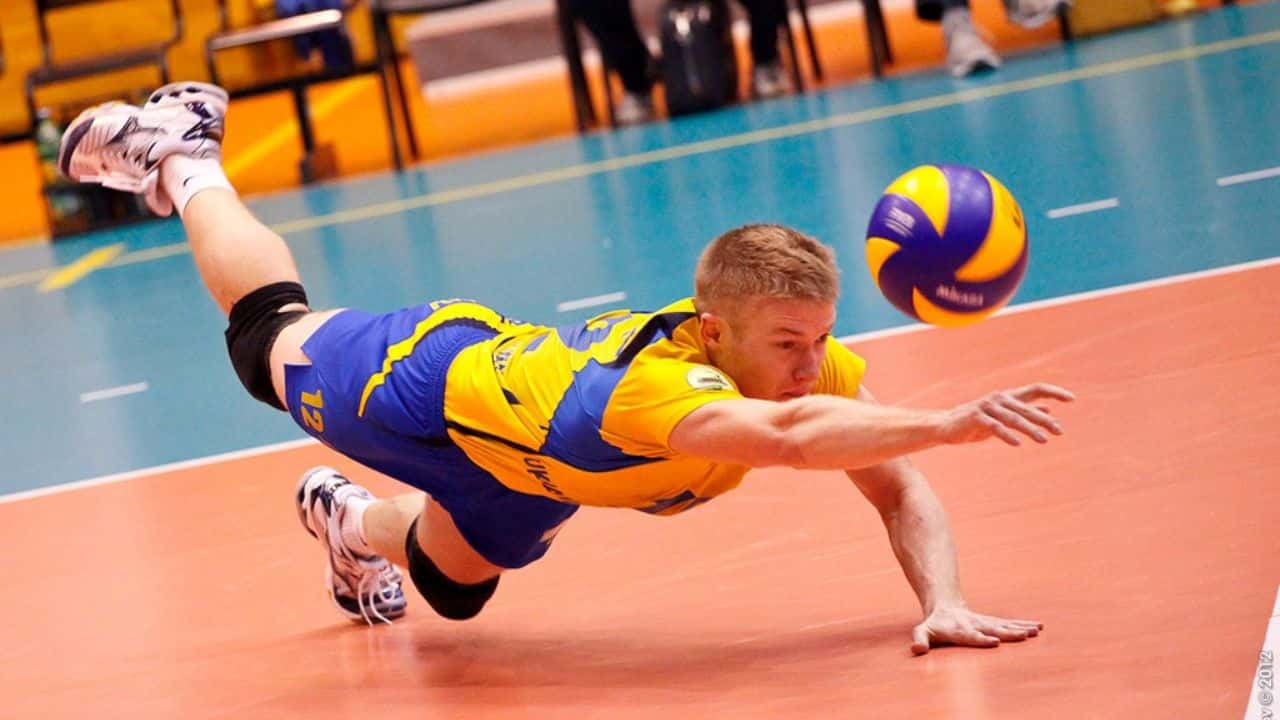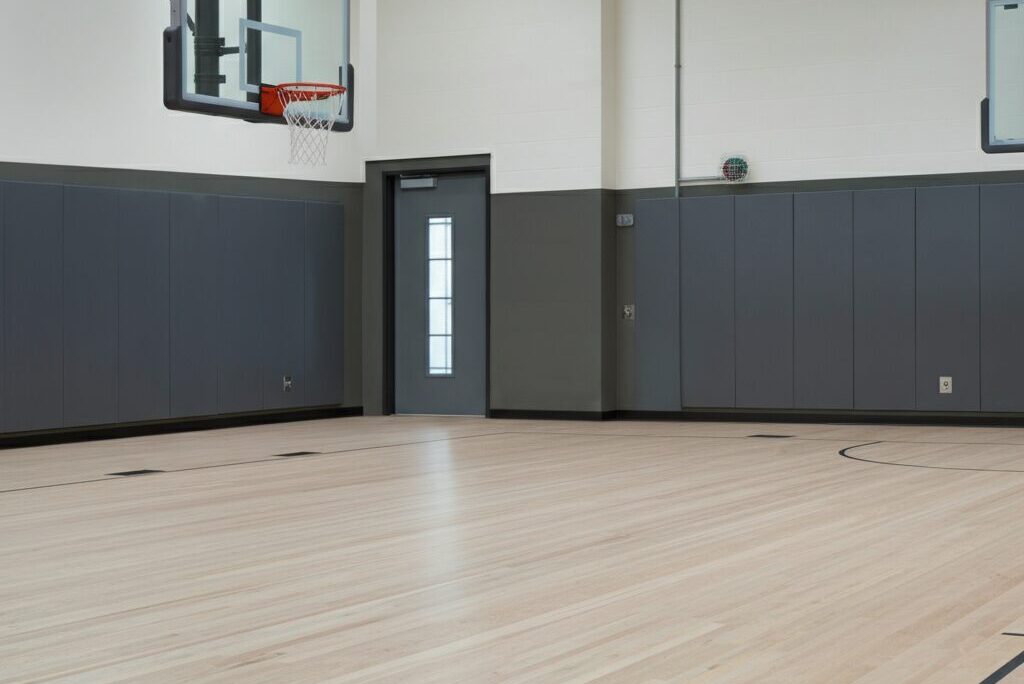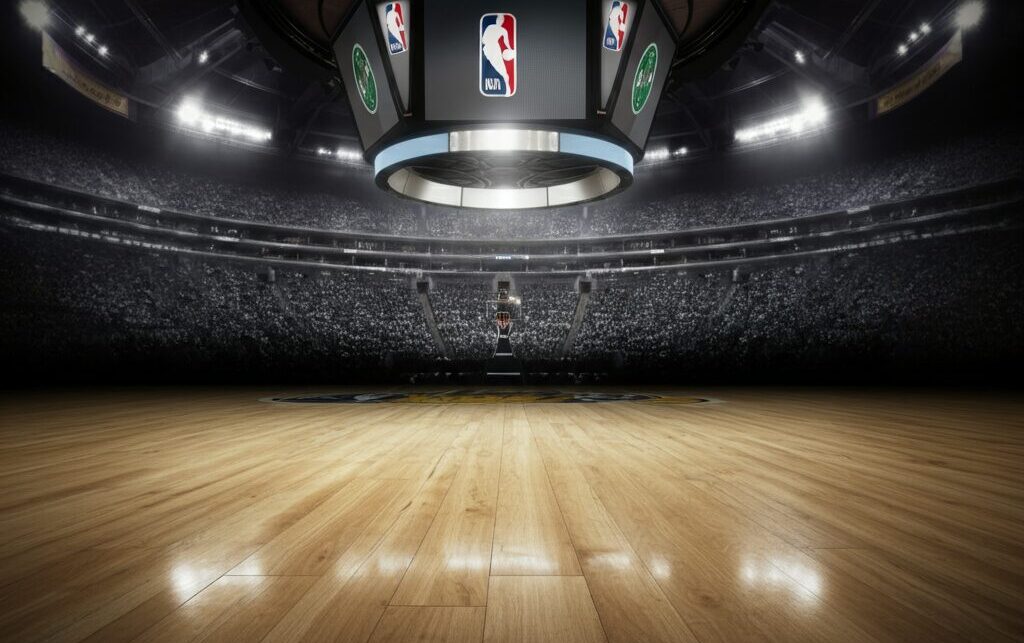Volleyball is a highly competitive sport that requires skill, strategy, and teamwork. As players progress through the ranks, it becomes increasingly important to master fundamental skills like serving, passing, setting, and digging.
Particularly, digging is one of the most critical skills that can make or break a game. Proper technique can make all the difference in successfully receiving a spiked ball or merely sending it back over the net, and practicing the right form can significantly enhance a player’s defensive performance.
In this guide, we’ll discuss the importance of proper digging techniques in volleyball and provide tips for serious players looking to improve their game. Whether you’re a beginner or an experienced player, this guide will help you perfect your skills and become a valuable asset to your team.
We will now start talking about a dig in volleyball to understand better what it is and how it works.
What is a Volleyball Dig?
Undoubtedly, digs play a crucial role in keeping the game alive and providing teams with an opportunity to score points in the popular sport of volleyball. Here we will explore the concept of a dig, its various types, its importance in the game, and how it can impact the overall dynamics of a match.
How Many Players on a Volleyball Team?
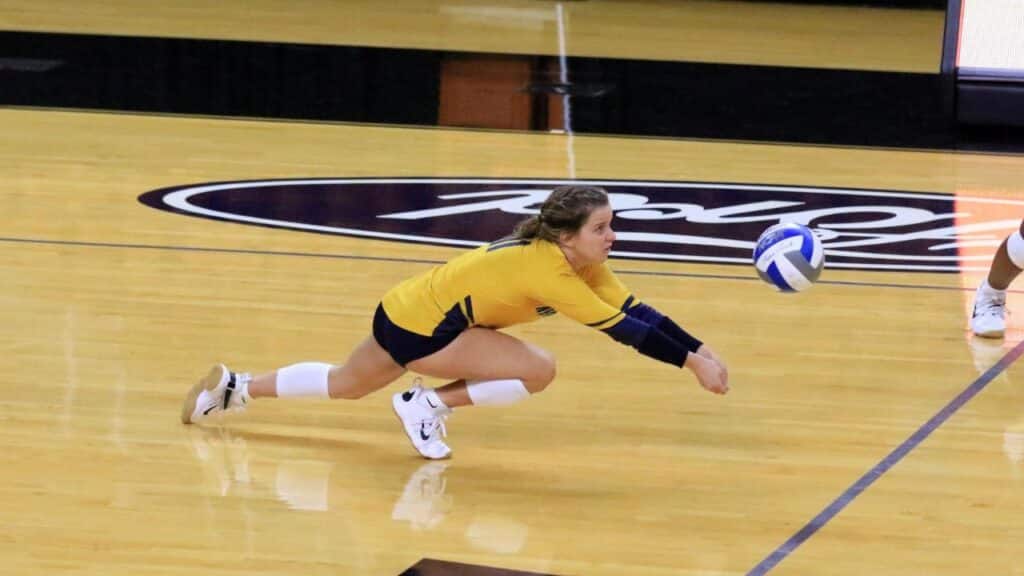
Understanding the Dig.
A dig, also known as a pass, occurs when a player successfully defends a spike from the opposing team and effectively puts the ball back into play. Alternatively, if the dig fails and the ball goes out of bounds, this is referred to as a “shank” or a general fault in the game.
It is important to understand that the primary objective of a dig is to prevent the ball from hitting the ground and clear the net height on the other side of the court so that the rally can continue.
Types of Digs.
It is important to note that various techniques are used when executing a dig in volleyball. The most common way of deflecting the incoming spike is to use the forearms as part of your defensive strategy.
It is also possible for players to use their hands during a game, which is less commonly observed on the court than using their hands. While diving to make a dig is possible, it is not as prevalent due to the difficulty of keeping the ball in bounds during such maneuvers.
The Significance of Good Digs.
In volleyball, a well-executed dig is viewed as a positive play since it keeps the ball in play and opens up opportunities for the team to score points. Good digs are pivotal in volleyball as they can lead to points and ultimately impact the outcome of a game.

To accomplish a successful dig, a player’s form, agility, and intuition play a crucial role in anticipating where the opposing hitter will direct the ball. By honing these skills, players can make valuable contributions to their team, increase their chances of winning, and ultimately achieve success.
Extraordinary Defensive Plays.
The dig in volleyball is an incredibly versatile move that allows players to utilize any part of their body and various movements to keep the ball in play. This adaptability often results in exceptional defensive plays.
For example, a player can even use their foot to dig the ball, highlighting the extraordinary lengths defenders are willing to go to keep the game moving.
Turning Defense into Offense.
The main aim of performing a dig in volleyball is to sustain the rally and provide an opening for the defensive team to launch a counterattack with a spike. A successful dig allows teams to smoothly shift from defense to offense, avoiding any loss of points and giving them an advantage over their opponents.
Utilizing precise and efficient digs can also disrupt the rhythm of opposing spikers, causing them to feel uncertain and anxious. This can ultimately give the defending team a psychological edge and increase their chances of winning the match.
In short, In the dynamic sport of volleyball, a dig is a fundamental skill that keeps the game alive and presents opportunities for both teams to score. The ability to master this aspect of the game is one of the most important skills a player can develop to contribute significantly to their team’s success and influence the game’s final results.
Read More:
The Importance of Digging in Volleyball.
In volleyball, digging is an essential component that helps prevent opponents from scoring while creating scoring opportunities for the team.

This section will explore the importance of digging, particularly for players positioned in the back row, and how it contributes to the overall success of a volleyball team. If you want to know How Long is a Volleyball Game read here.
Stopping Scoring Attempts
In the fast-paced sport of volleyball, hard-driven balls can be incredibly challenging to defend. In this situation, digging becomes crucial. Digging is the process of receiving and controlling an opponent’s spike or attack in a way that prevents them from scoring a point. Players can thwart their opponents’ scoring attempts by executing a dig and keeping the ball in play.
Specialized Back Row Defenders
Many people in the back row who play defense specialize in the ability to dig, one of their most important skills. Their primary role is to ensure that their team keeps the ball playable in the face of powerful attacks and to defend against them.
As a back-row player, your forearms or any other parts of your body that can be used to control the ball’s trajectory should be agile, reflexive, and technical to execute successful digs.
By honing their digging skills, these players become instrumental in the team’s defensive strategy and contribute to the game’s overall success.
Setting Up Scoring Opportunities
Digging is crucial in volleyball because it sets up scoring opportunities for the team. A successful dig allows the defending team to initiate an offensive play after obtaining control of the ball.
This transition from defense to offense happens swiftly, allowing the team’s front-row players to be strategically positioned for scoring. Without a well-executed dig, the team would miss these key chances to put points on the board.
Different Types of Digs in Volleyball
The dig is an essential defensive skill in volleyball that allows players to intercept hard-driven balls and control them to keep rallies alive. This section will explore the 5 types of digging in volleyball commonly employed, showcasing the versatility and techniques players use to defend against powerful attacks.
1. Forearm Dig in Volleyball
In volleyball, the most frequently employed move is the forearm dig, which is alternatively called the bump. This technique involves using the forearms to accept and regulate the ball.
The players bring their wrists together, create a platform, and make contact with the ball utilizing the flat surface of their forearms. This move offers stability and control, enabling players to guide the ball toward their companions and keep it in action.
2. Hand Dig in Volleyball
Even though the hand dig is less common than the forearm dig, players can also perform it using their hands. Hand digs are typically employed when the ball travels at a higher trajectory or requires more finesse.
To perform a hand dig, players cup their hands together, fingers extended and slightly flexed, to create a larger surface area for contact with the ball. Hand digs require precise hand-eye coordination and control to direct the ball accurately.
3. Dive Dig in Volleyball
A diving dig is an amazing defensive play where players make a diving motion to reach and control a ball that is out of their immediate reach by diving into it. This type of move frequently requires players to extend their bodies horizontally, lift their feet, and push themselves toward the ball.
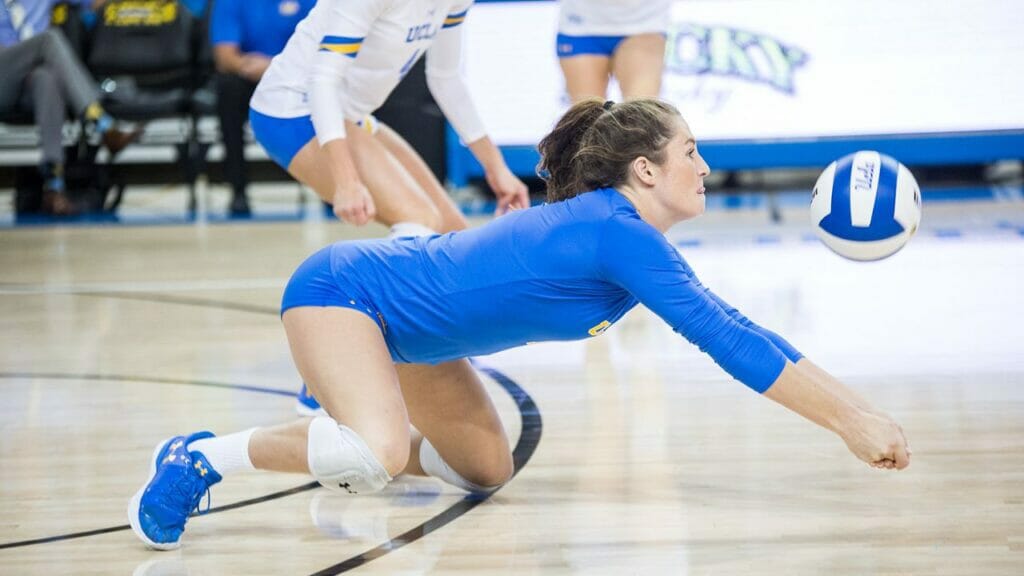
To effectively perform a diving dig, players must possess exceptional athletic ability, impeccable timing, and precise body control to connect with the ball and keep it clean. Dive digs are typically employed as a final effort to rescue a challenging ball and keep the game going.
4. Roll or Barrel Roll Dig in Volleyball
A barrel roll dig, also known as the roll dig, is a specialized digging technique used in baseball to dig low, fastballs that are difficult to reach with your hands or forearms.
Players executing this dig technique will dive to the side and roll their body, using their shoulder, upper arm, and side to make contact with the ball. The roll dig is particularly useful when defending against sharp, fast-angled spikes.
5. Overhead dig in Volleyball
The overhead dig, also known as the serve receive or the high dig, is used to defend against high, floating serves. It involves using both hands to create a platform above the head to receive the ball. This type of dig requires fingers to hit the ball, similar to a set.
To execute an overhead dig effectively, it is important to keep the knees bent to generate power and push the ball upwards. Using fingers provides more precision and control to direct the ball toward the setter’s position, but it takes practice to perfect this technique.
Overall, various types of digs are employed in the dynamic sport of volleyball to defend against powerful attacks and maintain the game’s flow. Whether utilizing the forearm dig, hand dig, dive dig, roll, or barrel roll dig.
Players demonstrate versatility and adaptability throughout the game to keep the ball playable. By mastering these different dig techniques, players enhance their defensive capabilities and contribute to the overall success of their team in the thrilling game of volleyball.
The Surface of the Game Affects Volleyball Digs.
Volleyball is a game that requires a lot of skill and technique. Having a good surface to play on is as important as having a good strategy and coordination as a team. As a player or a coach, you should know how important it is to have a good surface for digging in volleyball.
First, let’s define what a good surface means. A good surface in volleyball refers to an even, clean floor with enough traction. The floor should not be slippery or have cracks or gaps that can cause accidents.
Having a good surface to play on can affect the game in several ways. Traction is one of the most important aspects of a good surface for dig in volleyball. When players jump, slide, and move around the court, they need enough traction to prevent slipping and falling.
A floor that is too slippery can cause players to lose their footing, resulting in injuries or missed plays. On the other hand, a floor that has too much traction can slow down players and affect their performance.
Another aspect of a good surface for dig in volleyball is consistency. The floor should be even and not having any bumps or uneven areas that can cause the ball to bounce unpredictably. A consistent surface allows players to predict the ball’s trajectory and make accurate plays.
The cleanliness of the surface is also important. A dirty floor can affect the game in several ways. For one, it can cause players to slip and fall. It can also affect the ball’s grip, making it harder to pass or hit. Additionally, a dirty floor can be a health hazard, especially if not cleaned regularly.
Finally, having a good surface for digging in volleyball can also affect the longevity of the court. A well-maintained floor can last for years, while a poorly maintained floor can deteriorate quickly. You can save money by investing in a good surface over the long run.
As a result, you can ensure your players have a safe and enjoyable time playing on the court. In short, having a good surface for digging in volleyball is crucial for the safety and performance of players. A good surface should provide enough traction, be consistent, clean, and well-maintained.
Enhance Your Volleyball Game with VMKON SPORTS COURTS.
VMKON SPORTS COURTS is a leading provider of cutting-edge and top-quality flooring solutions designed specifically for indoor and outdoor home Volleyball courts.
Their innovative products are developed to enhance athletic performance, promote stability, and offer affordability, ensuring an exceptional playing experience for all levels.
Whether you’re a professional athlete or a passionate Volleyball enthusiast, VMKON SPORTS COURTS’ flooring solutions are the perfect choice to take your game to new heights.
Unparalleled Quality and Innovation
At VMKON SPORTS COURTS, they are committed to delivering flooring solutions of the highest quality. They achieve this by conducting extensive research and development, utilizing advanced materials and manufacturing techniques, resulting in innovative designs.
Keeping Volleyball players’ demanding requirements in mind, all court tiles are designed with meticulous attention to detail, ensuring exceptional performance, durability, and resilience.
Enhanced Athletic Performance
With VMKON SPORTS COURTS’ flooring solutions, you can significantly improve your athletic performance on the Volleyball court. Their specially designed court tiles feature remarkable shock absorption capabilities that help minimize the impact on your muscles and joints.
This superior cushioning significantly reduces the risk of injuries, allowing you to concentrate on your game with assurance. This, in turn, maximizes your agility, speed, and precision, making you an outstanding Volleyball player.
Superior Stability and Grip
It is essential to maintain stability while playing volleyball and to prevent slipping. When playing a dynamic game or quick rotational movement, VMKON SPORTS COURTS‘ court tiles ensure your grip is at its best, providing the best traction possible.
The advanced surface technology ensures excellent friction, enabling you to make quick and precise movements without compromising your balance.
Affordable and Cost-Effective
VMKON SPORTS COURTS believes everyone should have access to high-quality flooring solutions. Their products provide excellent value for your money, with innovative designs that are competitively priced.
By choosing VOLLEYBALL COURTS flooring solutions, you can enjoy the benefits of premium-quality materials and craftsmanship without breaking the bank.
Versatility for Indoor and Outdoor Courts
No matter how big or small your volleyball court is, VMKON SPORTS COURTS is here to help. They offer a range of flooring solutions that can be used in a variety of settings and can withstand both indoor and outdoor use.
The tiles are weather-resistant and resistant to UV rays, extreme temperatures, and moisture, ensuring long-lasting performance and aesthetics. Ultimately, when it comes to enhancing your Volleyball playing experience, VMKON SPORTS COURTS is the go-to choice for innovative and high-quality flooring solutions.
Their commitment to quality, innovation, and affordability sets them apart as a leader in the industry. By choosing VMKON SPORTS COURTS’ flooring solutions, you can elevate your athletic performance, enjoy superior stability and grip, and make the most of your time on the court.
Final Thoughts
In conclusion, a dig in volleyball is a crucial defensive skill that all players should strive to master. It requires quick reflexes, good positioning, and proper technique. Boost your team’s success on the court by improving your digging skills.
Remember, practice makes perfect, so keep working on your digs and never give up on the ball. Dedication and hard work can make anyone a great digger in volleyball.
FAQs
How Do You Get a Dig in Volleyball?
To get a dig in volleyball, you need to have quick reflexes and good defensive positioning. Anticipating where the opponent will hit the ball is also key. When the ball is hit toward you, you should get your body low and use your arms to pass the ball up to your setter or hitter.
Keeping your eyes on the ball and staying focused throughout the play is important. Practicing your defensive skills and footwork can also improve your ability to get a dig in volleyball.
What is the Difference Between a Pass and a Dig in Volleyball?
In volleyball, a dig is a specific type of pass that occurs following a serve or spike. However, it’s important to note that not all passes are considered digs. While a pass is intended to set up a teammate for scoring, the main goal of a dig is to keep the ball in play and prolong the rally.

